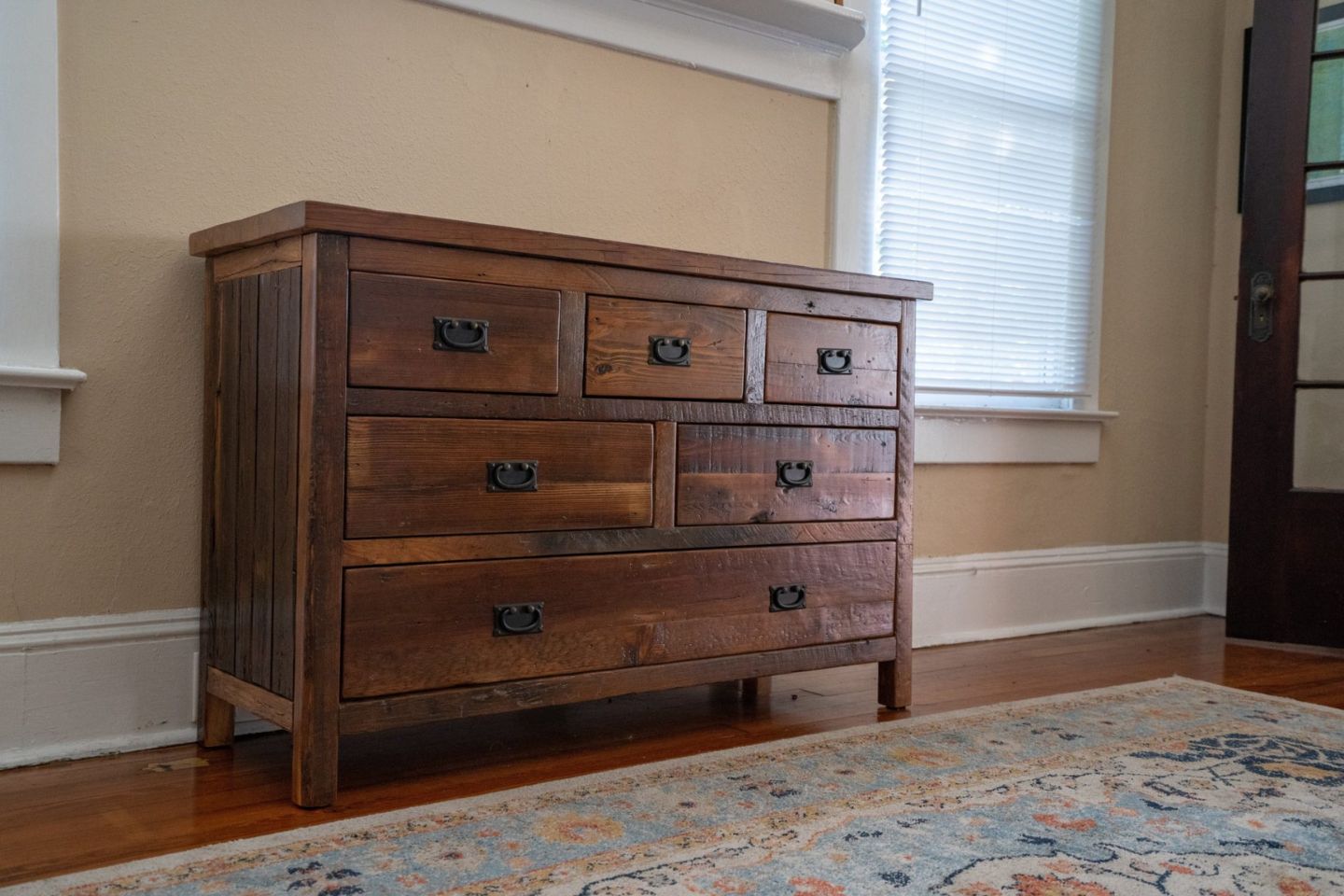

Furniture
How Deep Are Dresser Drawers
Modified: August 29, 2024
Discover the perfect furniture solution for your storage needs with our dresser drawers. Find out how deep our drawers are and maximize your organization!
(Many of the links in this article redirect to a specific reviewed product. Your purchase of these products through affiliate links helps to generate commission for Storables.com, at no extra cost. Learn more)
Introduction
When it comes to furniture, dressers play a crucial role in organizing and storing our belongings. And one important factor to consider when purchasing a dresser is the depth of its drawers. The depth of dresser drawers determines how much you can store in them and how easily you can access your items. In this article, we will delve into the topic of dresser drawer depth to help you make informed decisions when choosing the right dresser for your needs.
Understanding the depth of dresser drawers involves exploring the standard dimensions, measuring methods, and the factors that affect drawer depth. By understanding these aspects, you can identify the optimal depth for storing your clothing, linens, and other items. Let’s jump right in and explore the world of dresser drawer depths!
Key Takeaways:
- Understanding the depth of dresser drawers is essential for efficient storage and organization. Factors such as design, manufacturer specifications, and your storage needs play a crucial role in choosing the right dresser for your belongings.
- To maximize the depth of dresser drawers, employ efficient folding techniques, utilize drawer organizers, and make use of vertical space. Understanding the optimal depth for your specific storage needs is key to effective organization.
Read more: How To Lock A Dresser Drawer
Understanding Dresser Drawers
Dresser drawers are the compartments within a dresser that provide storage space. They are typically designed with a front face, sides, and a back panel, creating a box-like structure. The depth of the drawers determines how much space is available for storing items.
Most dressers come with multiple drawers of varying sizes, allowing you to separate and organize your belongings. These drawers can be used to store clothing, accessories, linens, and even personal items. By having designated spaces within the dresser, you can easily find and access what you need, keeping your belongings neat and organized.
Dresser drawers are often mounted with slides or tracks that allow them to open and close smoothly. These mechanisms help prevent the drawers from sticking or falling out when pulled open or pushed shut. It’s essential to ensure that the slides or tracks are of high quality for long-lasting functionality.
Another crucial aspect of understanding dresser drawers is knowing the different types of drawer construction. Drawers can be constructed with either dovetail joints or butt joints. Dovetail joints are stronger and more durable, as they interlock the edges of the drawer sides and front, providing additional stability. On the other hand, butt joints are simpler in construction, but they may not be as sturdy in the long run.
Now that we have a basic understanding of dresser drawers, let’s move on to exploring the standard dimensions of these drawers and how to measure their depth accurately.
Standard Dimensions of Dresser Drawers
When it comes to the standard dimensions of dresser drawers, there isn’t a one-size-fits-all answer. The dimensions can vary depending on the style, design, and manufacturer of the dresser. However, there are some common guidelines that can give you an idea of what to expect.
Typically, dresser drawers range in depth from 12 to 24 inches. This range allows for the storage of different types of items, from clothing to bulkier items like linens and blankets. The width of the drawers can vary as well, but most dresser drawers fall within the range of 24 to 36 inches.
The height of dresser drawers can also vary, but it is important to note that taller drawers may require additional stability features to prevent them from tipping over when pulled open. Some dressers may have deeper drawers at the bottom for larger or bulkier items, with shallower drawers towards the top for smaller items like accessories or socks.
It’s essential to consider your storage needs when choosing a dresser with specific drawer dimensions. Think about the types of items you will be storing and how much space you require. If you have a lot of bulky items, deeper drawers would be more suitable. Alternatively, if you have more delicate or smaller items, shallower drawers can be sufficient.
Keep in mind that these dimensions are not set in stone and can vary depending on the dresser’s design and the manufacturer. It’s always a good idea to measure the dresser drawers yourself to ensure they meet your specific storage needs.
Now that we have an understanding of the standard dimensions, let’s move on to exploring how to measure the depth of dresser drawers accurately.
Measuring the Depth of Dresser Drawers
When it comes to measuring the depth of dresser drawers, accuracy is key. Knowing the exact depth of the drawers will help you determine how much storage space is available and whether it meets your needs. Here’s a simple step-by-step guide to measuring the depth of dresser drawers:
- Empty the Drawer: Start by emptying the drawer completely. Remove all items, including clothing, accessories, and any other belongings. This will allow you to get an accurate measurement without any obstructions.
- Measure the Inside Depth: With the drawer empty, use a tape measure to measure the inside depth of the drawer. Place the end of the tape measure at the back of the drawer and extend it to the front. Make sure to measure from the bottom of the drawer to the top edge.
- Take Multiple Measurements: To ensure accuracy, take multiple measurements at different points along the depth of the drawer. This will help you identify if there are any variations in the depth, especially if the drawer has a slanted or curved front.
- Record the Measurements: Once you have taken multiple measurements, record the deepest measurement you obtained. This will give you the maximum depth of the drawer.
It’s important to note that drawer measurements are typically given for the usable space inside the drawer. This means that any additional elements like the front face or drawer slides are not included in the measurement. However, if you need to consider the total depth, you can measure from the back panel of the dresser to the front of the drawer front face.
By following these measuring steps, you can accurately determine the depth of the dresser drawers. This information will be valuable when choosing a dresser that meets your storage requirements.
Next, let’s explore the factors that can affect the depth of dresser drawers.
When measuring the depth of dresser drawers, be sure to measure from the inside of the drawer front to the back of the drawer. This will give you an accurate measurement of the usable space inside the drawer.
Factors Affecting the Depth of Dresser Drawers
Several factors can influence the depth of dresser drawers. Understanding these factors will give you a better understanding of why drawer depths may vary and help you make informed decisions when choosing a dresser. Here are some key factors that can affect the depth of dresser drawers:
1. Design and Style: The design and style of the dresser can impact the depth of the drawers. Different styles may prioritize aesthetics or functionality, leading to variations in drawer depths. For example, modern dressers may have shallower drawers to achieve a sleek and minimalist look, while traditional dressers may have deeper drawers for more storage capacity.
2. Furniture Type: The type of furniture in which the drawers are incorporated can also affect their depth. Some dressers have smaller, more compact drawers, while others may have larger, deeper drawers. It’s important to consider the intended use of the dresser and how much storage space you require.
3. Manufacturer Specifications: Each furniture manufacturer determines the dimensions, including the depth, of their dresser drawers. While there may be industry standards, manufacturers may deviate from them based on their specific designs, materials, and customer preferences. Always check the manufacturer’s specifications for accurate information on drawer depths.
4. Cost and Quality: Cost and quality can also impact the depth of dresser drawers. Higher-end dressers and custom-made furniture may offer larger and deeper drawers. In contrast, budget-friendly options may have shallower drawers to reduce costs. Consider your budget and the level of quality you desire when selecting a dresser with the appropriate drawer depth.
5. Room Layout and Size: The layout and size of your room can also influence the depth of dresser drawers. If you have limited space, shallower drawers may be more practical to ensure the dresser doesn’t overwhelm the room or impede movement. Additionally, consider the available wall space and the overall dimensions of the dresser to ensure it fits nicely within the room.
It’s important to consider these factors when selecting a dresser with the appropriate drawer depth for your needs. By understanding the factors that affect drawer depth, you can make an informed decision and find a dresser that suits your storage requirements and aesthetic preferences.
Now that we have explored the factors affecting drawer depth, let’s move on to discussing the optimal depth for dresser drawers.
Read more: How To Install Dresser Drawers
Optimal Depth for Dresser Drawers
When it comes to determining the optimal depth for dresser drawers, there is no one-size-fits-all answer. The ideal depth will depend on your specific storage needs and preferences. However, there are some general guidelines that can help you make a decision.
For clothing storage, a depth of around 14 to 16 inches is usually sufficient. This allows for comfortable stacking of folded clothes like T-shirts, jeans, and sweaters. Keep in mind that deeper drawers may lead to more clothes being piled on top of each other, making it more difficult to find and retrieve specific items from the bottom.
If you need to store bulkier items like linens, blankets, or pillows, deeper drawers of around 18 to 24 inches can provide adequate space. These depths allow for better organization and storage of larger items without squishing or damaging them.
It’s essential to consider the height of the items you plan to store in the dresser as well. For taller items like dresses or long coats, you may need drawers with a greater depth to accommodate them without creasing or bunching up. Alternatively, you can opt for a dresser with a combination of shallow and deep drawers to cater to different storage needs.
Another factor to consider when determining the optimal depth is the overall size and layout of the room. If you have limited space, opting for shallower drawers may be more practical to avoid overcrowding and allow for easy movement within the room.
Ultimately, the optimal depth for dresser drawers will depend on your individual preferences and storage needs. Take the time to assess what items you plan to store, how you prefer to organize them, and consider the dimensions of the furniture and your space constraints.
Now that we have explored the optimal depth for dresser drawers, let’s discover some helpful tips for maximizing drawer depth.
Tips for Maximizing Drawer Depth
When it comes to maximizing the depth of your dresser drawers, there are several tips and tricks you can employ to make the most of your storage space. Here are some helpful suggestions:
1. Efficient Folding Techniques: Use efficient folding techniques to maximize the space inside your dresser drawers. For example, try the Marie Kondo method of folding clothes, which involves folding garments into small rectangles that can be stacked vertically. This technique not only saves space but also allows you to see each item at a glance.
2. Utilize Drawer Organizers: Invest in drawer organizers or dividers to optimize the use of space within the drawer. These organizers create smaller compartments, allowing for better organization and preventing items from shifting around. You can find a variety of organizers designed specifically for clothing, accessories, or even office supplies to suit your needs.
3. Use Vertical Space: Make use of vertical space by incorporating drawer inserts with multiple layers or adjustable dividers. These inserts allow you to stack items vertically within the drawer, effectively utilizing the full height of the drawer while still allowing easy access to each item.
4. Avoid Overstuffing: While it may be tempting to squeeze as much as possible into your dresser drawers, overstuffing can make it difficult to find and retrieve items. It can also put strain on the drawer slides and make opening and closing the drawers more challenging. Be mindful of the drawer’s capacity and avoid cramming too many items into a single drawer.
5. Purge and Declutter: Regularly go through your belongings and remove items that you no longer need or use. Eliminating unnecessary items will not only free up valuable space but also make it easier to organize and find what you need. Embrace a minimalist approach and keep only the items that truly bring you joy or serve a purpose.
6. Utilize the Dresser Top: If you find that your dresser drawers are still insufficient for your storage needs, consider utilizing the top surface of the dresser. Use decorative boxes or baskets to store items that are not frequently used or add additional shelving above the dresser for extra storage space.
By implementing these tips, you can maximize the depth and overall storage capacity of your dresser drawers. These strategies will allow you to efficiently organize your belongings and keep them easily accessible.
Now that we have discussed tips for maximizing drawer depth, let’s summarize what we have learned.
Conclusion
Understanding and optimizing the depth of dresser drawers is crucial for efficient storage and organization. By considering factors such as design, manufacturer specifications, and your own storage needs, you can choose a dresser with the right drawer depth for your belongings.
Standard dimensions for dresser drawers can vary, but generally fall within the range of 12 to 24 inches in depth. It’s important to measure the drawers accurately, considering the usable space inside rather than the total depth including the front face and slides.
Factors such as design, furniture type, manufacturer specifications, cost, quality, and room layout can all influence the depth of dresser drawers. Understanding these factors will help you make informed decisions when selecting a dresser that suits your needs.
The optimal depth for your dresser drawers will depend on your specific storage needs and preferences. Consider the type and height of items you plan to store, as well as the size and layout of your room, to determine the most suitable depth for your dresser drawers.
To maximize the depth of your dresser drawers, use efficient folding techniques, utilize drawer organizers, make use of vertical space, avoid overstuffing, regularly purge and declutter, and consider utilizing the dresser top for additional storage.
In conclusion, understanding the depth of dresser drawers and optimizing their use will greatly enhance your ability to store and organize your belongings effectively. By following the guidelines and tips outlined in this article, you can make informed decisions when choosing a dresser and maximize the storage potential of your drawers.
Remember, a well-organized dresser not only provides a functional storage solution but also contributes to a clutter-free and aesthetically pleasing living space.
Ready to get your home in tip-top shape? Dive into our guide on the best fabric storage cubes for better home organization that simplify sorting and decluttering. Or, if you're eyeing a fresh look for your space, check out our selection of stunning wooden dressers for 2024, perfect for elevating any room's aesthetic. Both articles are packed with practical advice and stylish solutions, ensuring your home not only looks great but works efficiently too.
Frequently Asked Questions about How Deep Are Dresser Drawers
Was this page helpful?
At Storables.com, we guarantee accurate and reliable information. Our content, validated by Expert Board Contributors, is crafted following stringent Editorial Policies. We're committed to providing you with well-researched, expert-backed insights for all your informational needs.
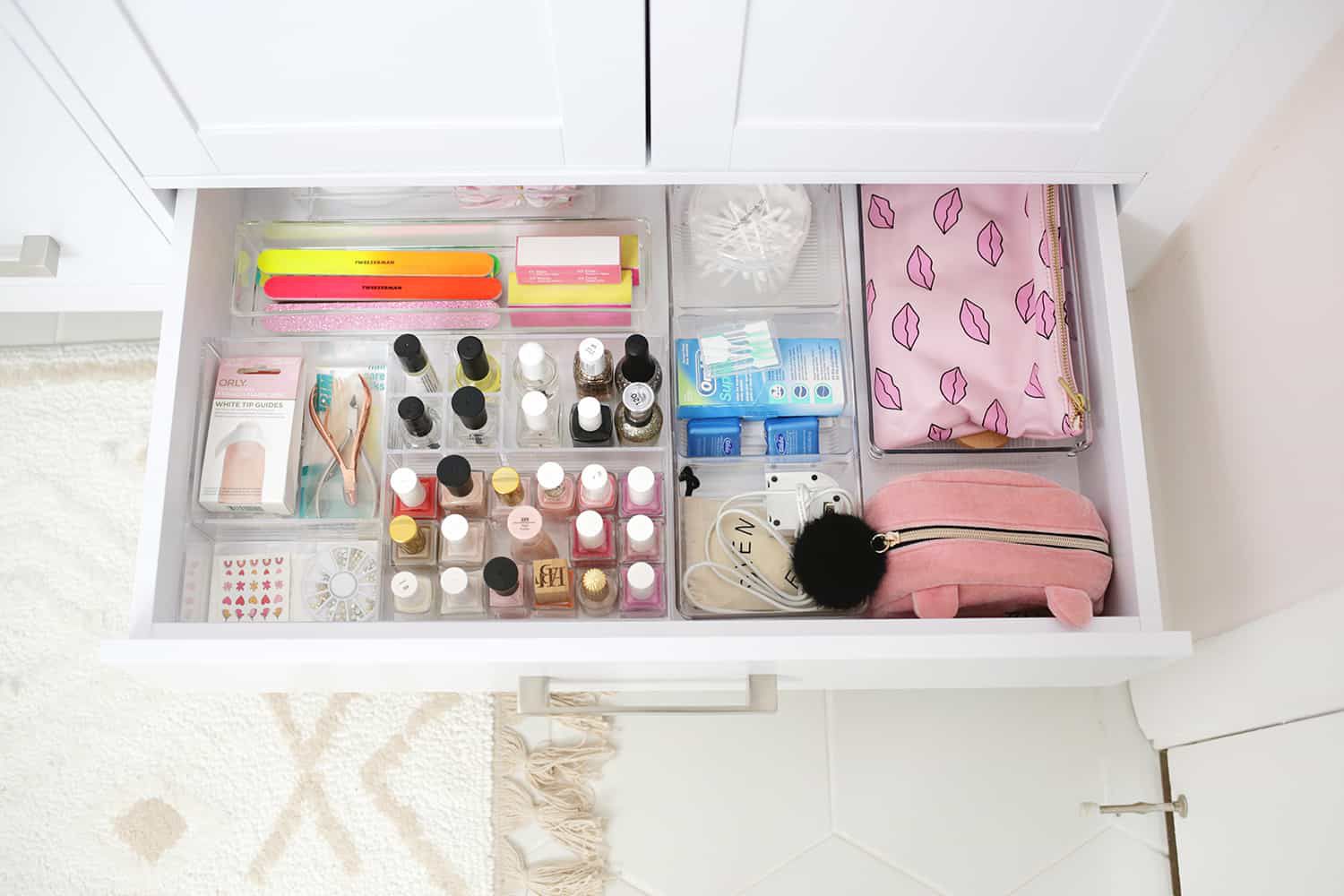
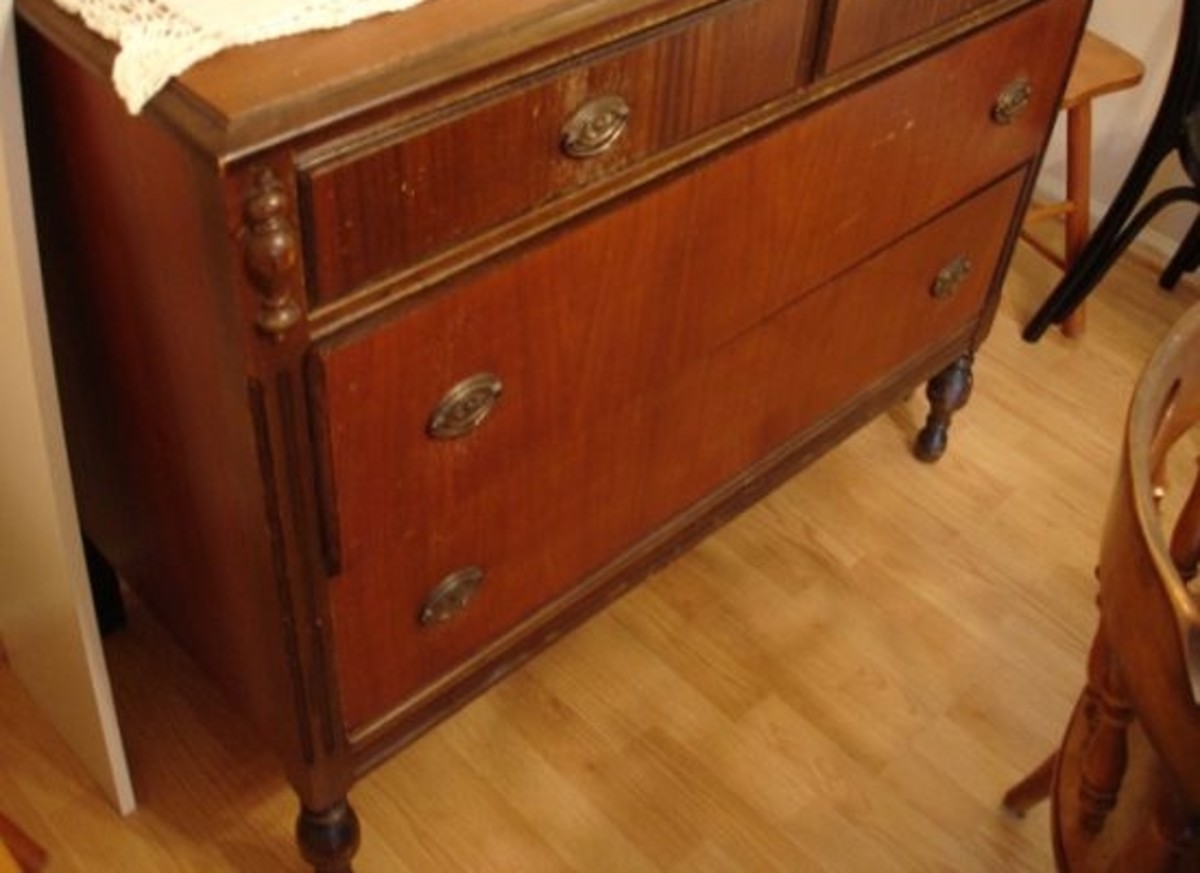
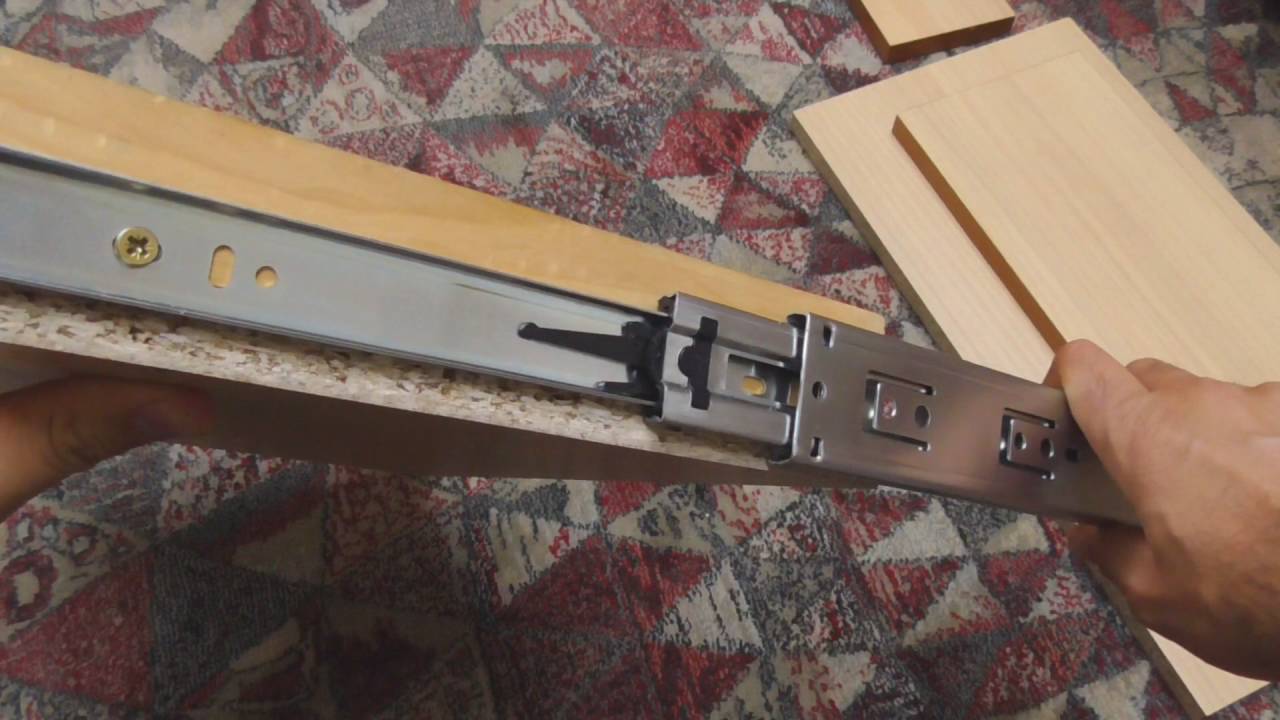
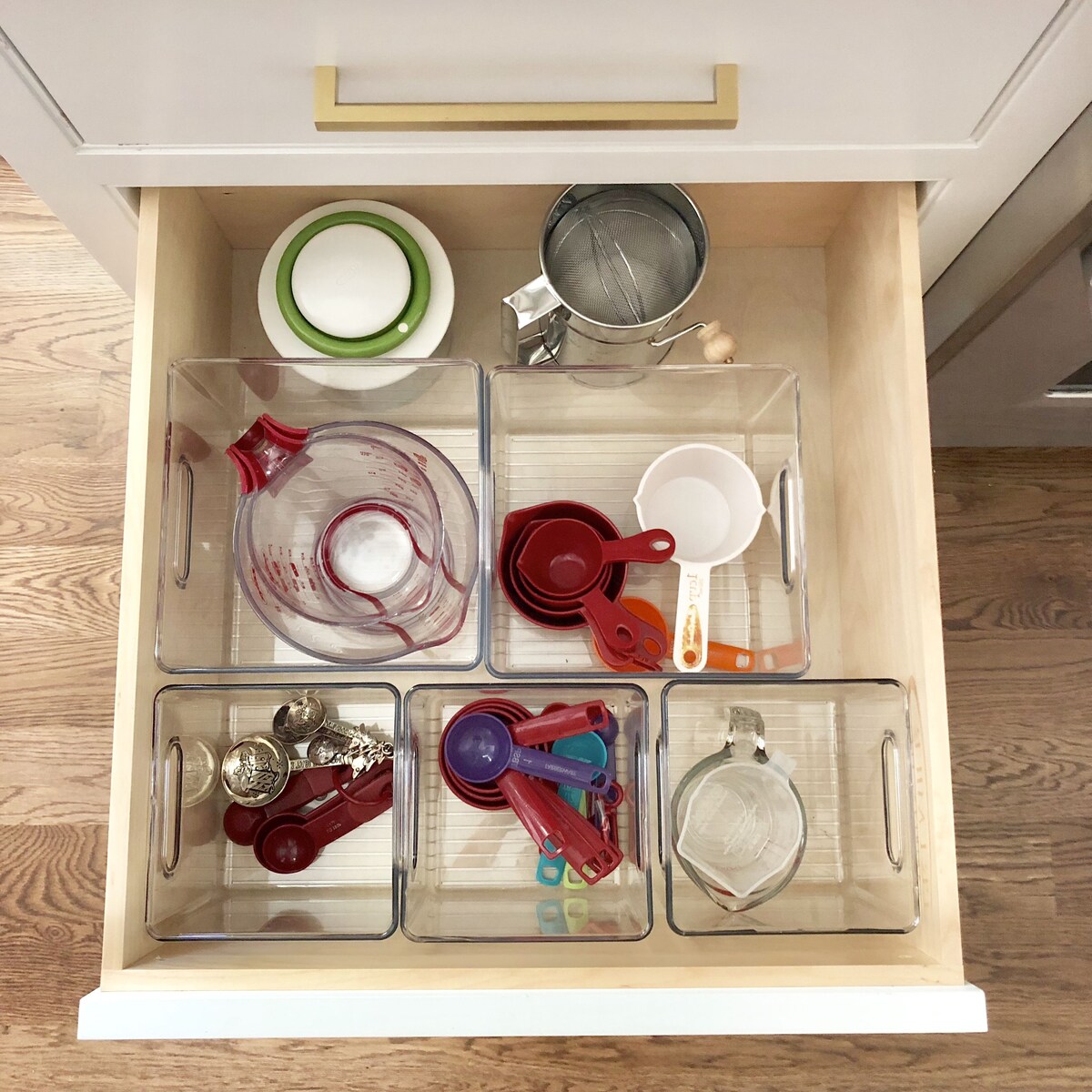
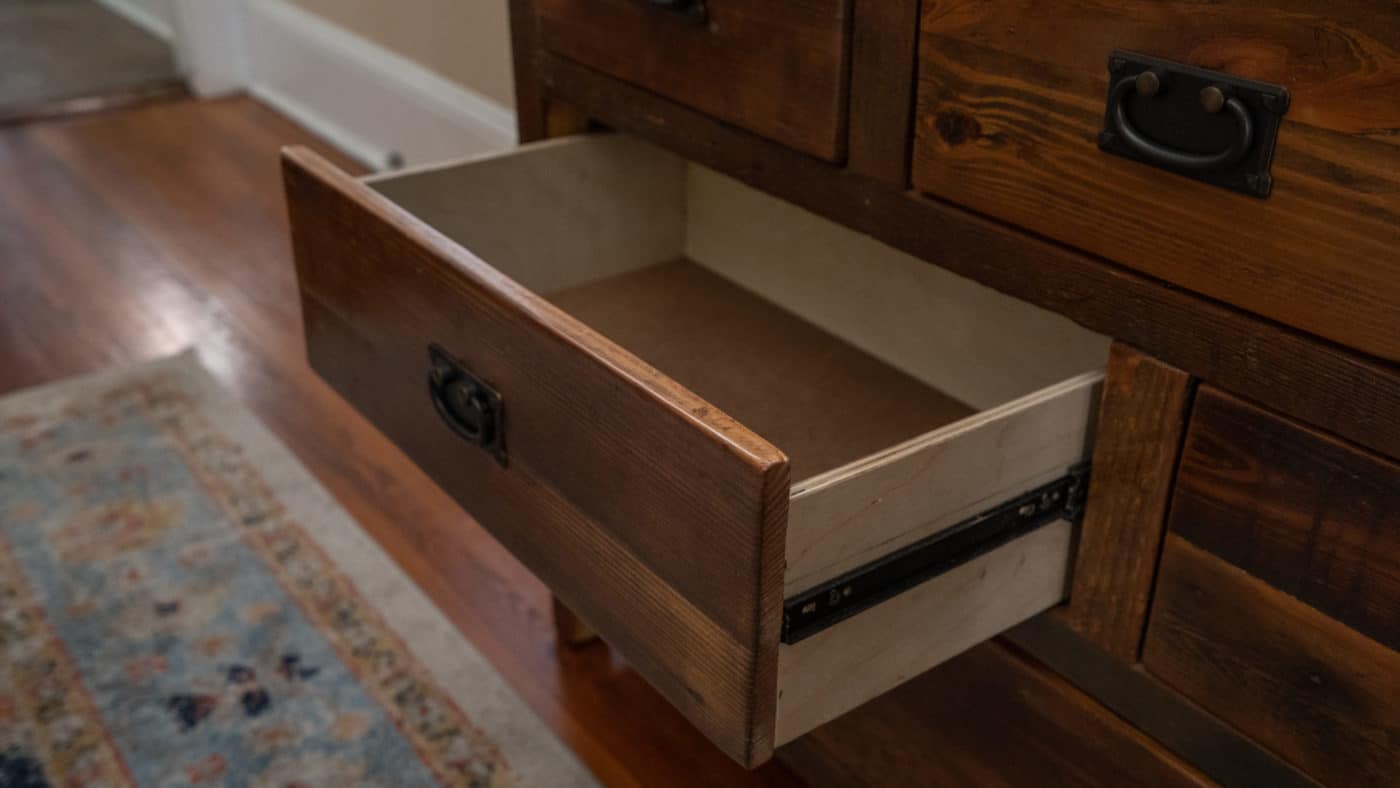

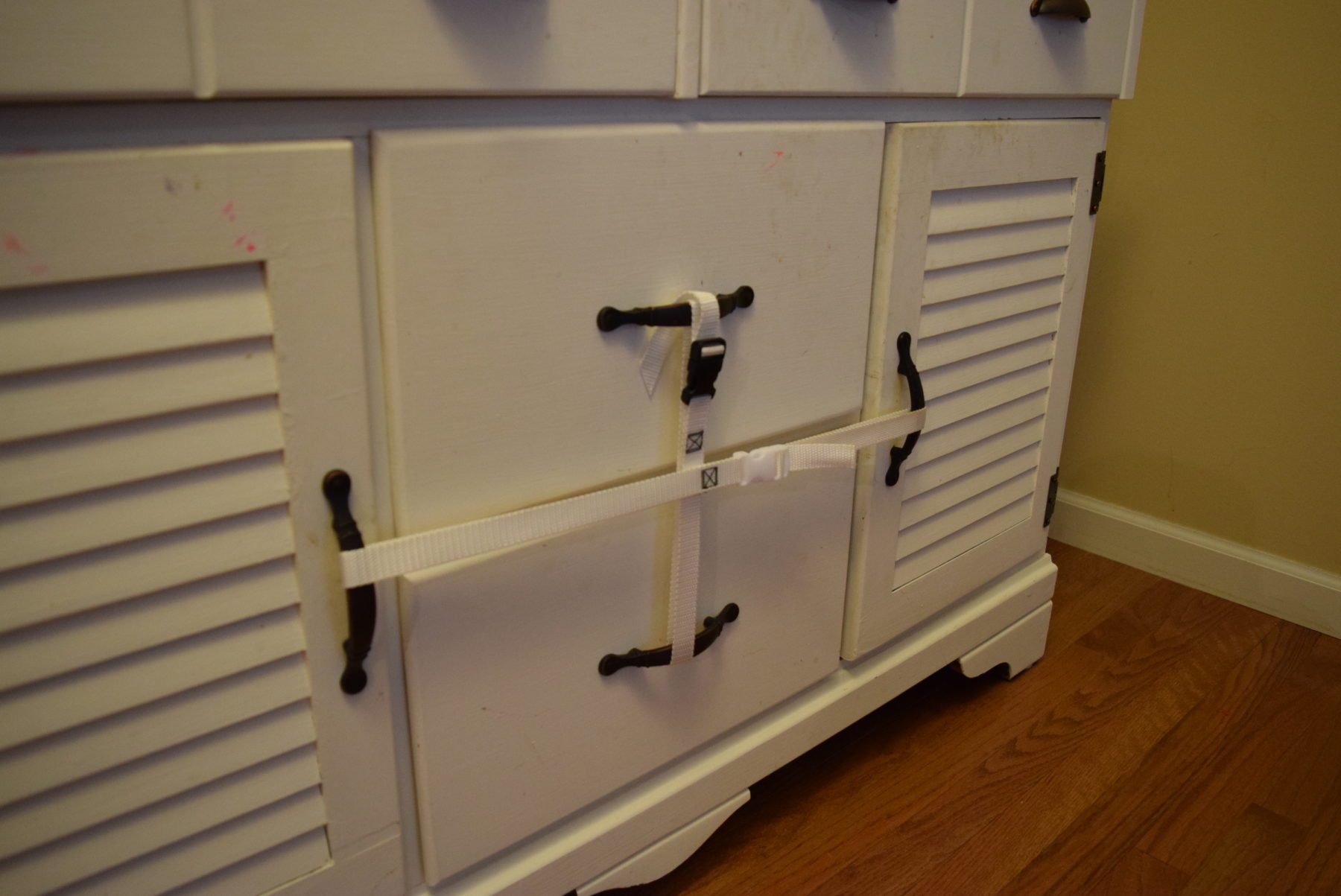
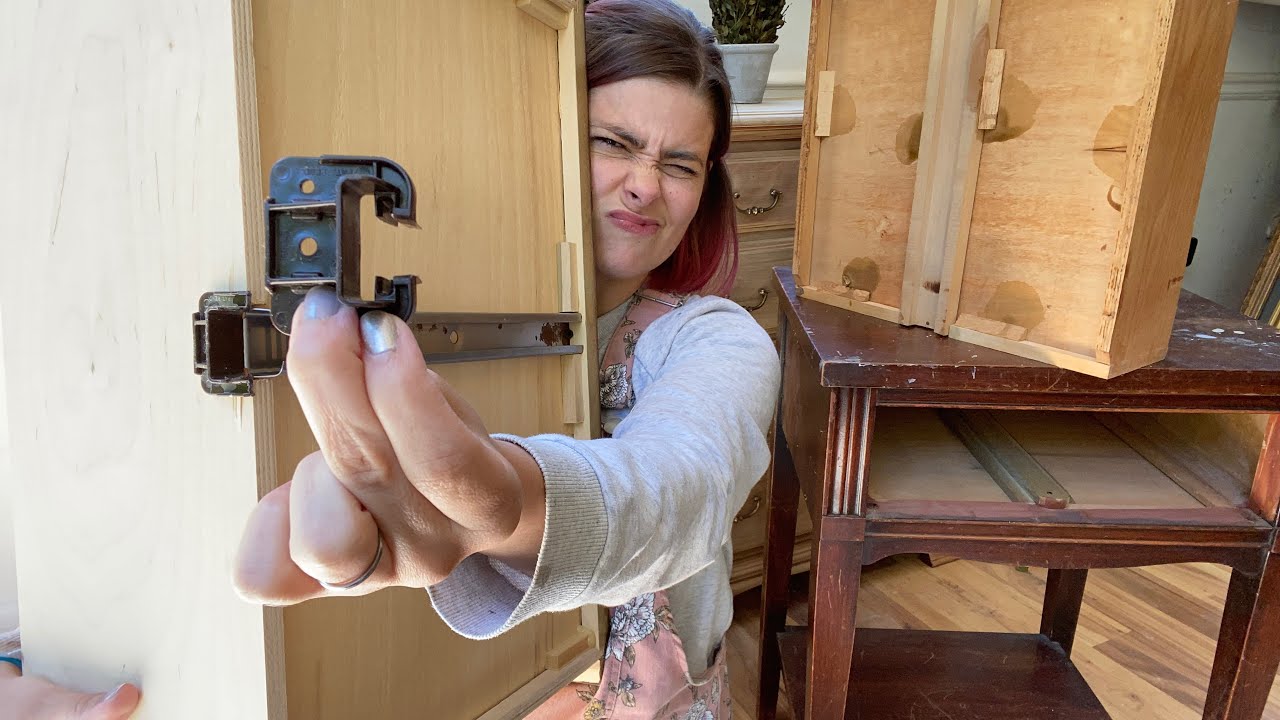
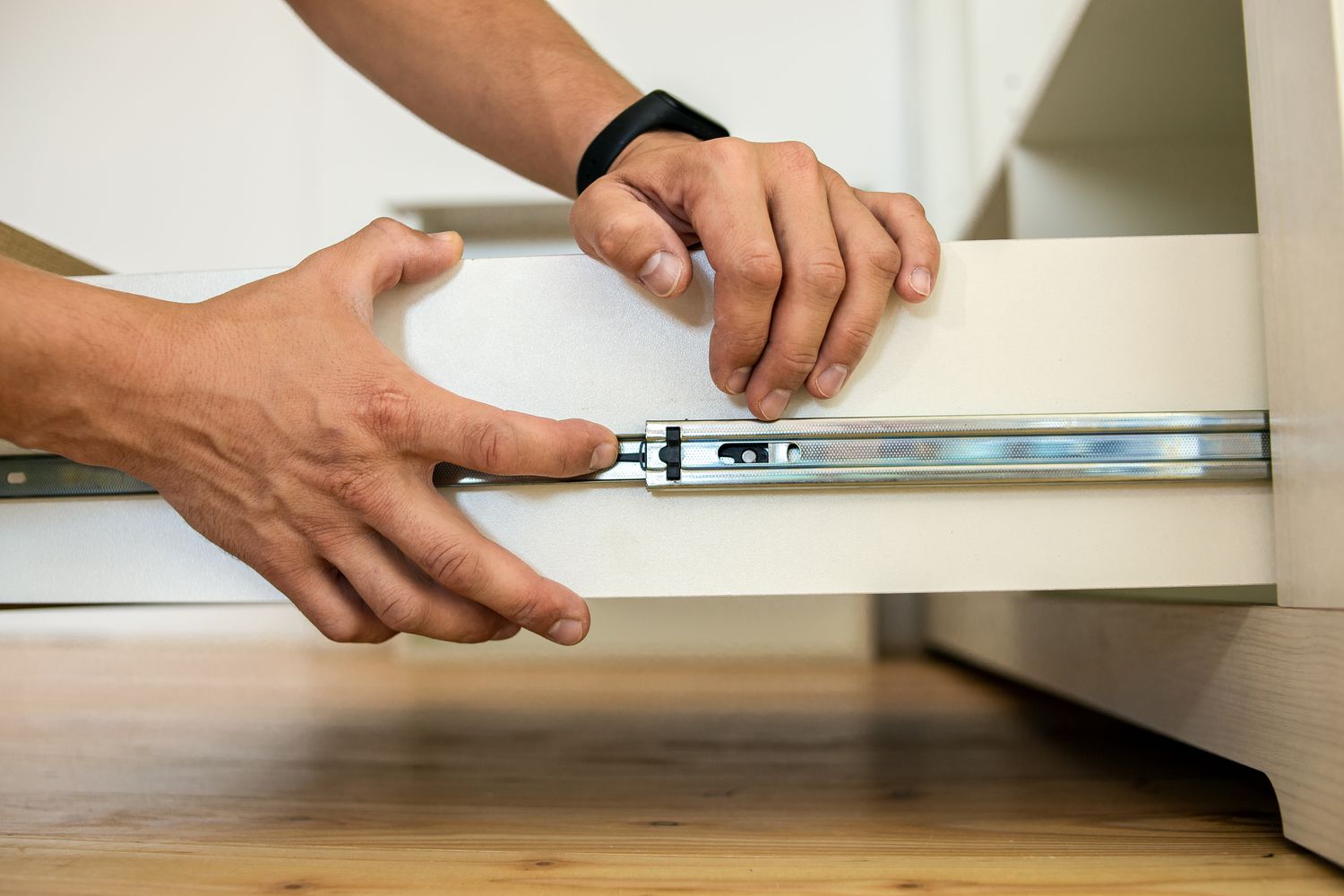
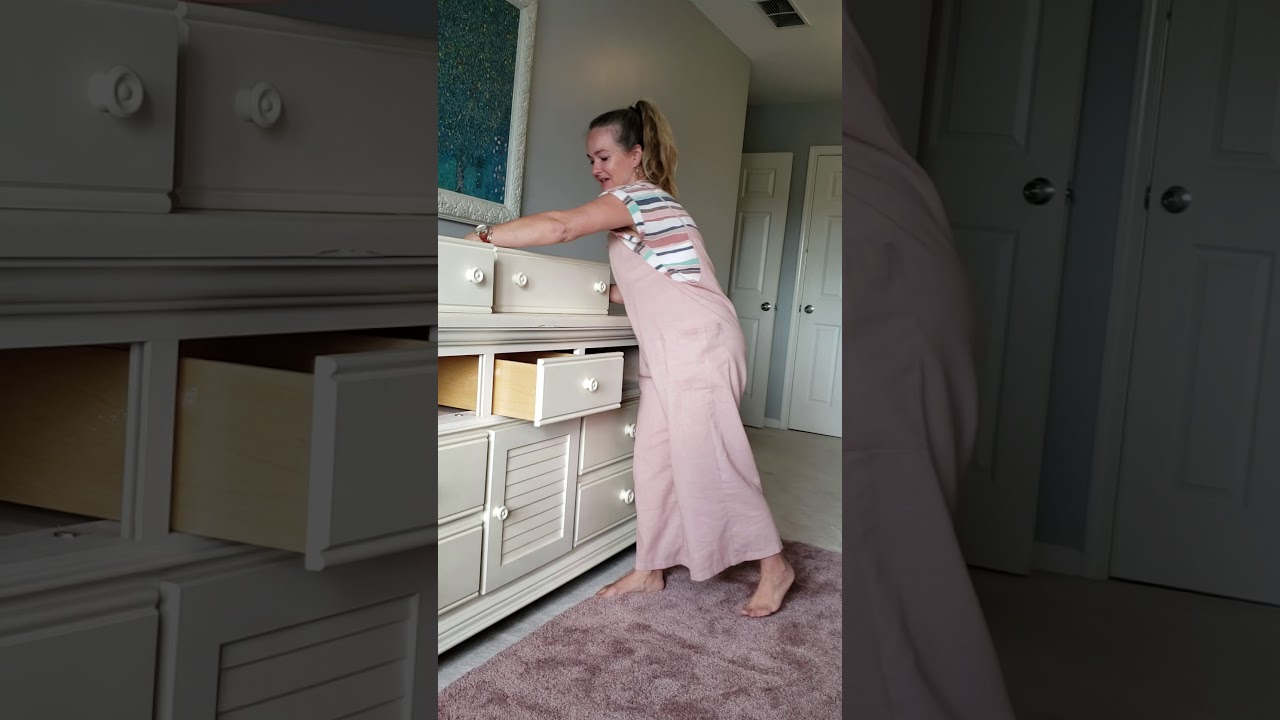

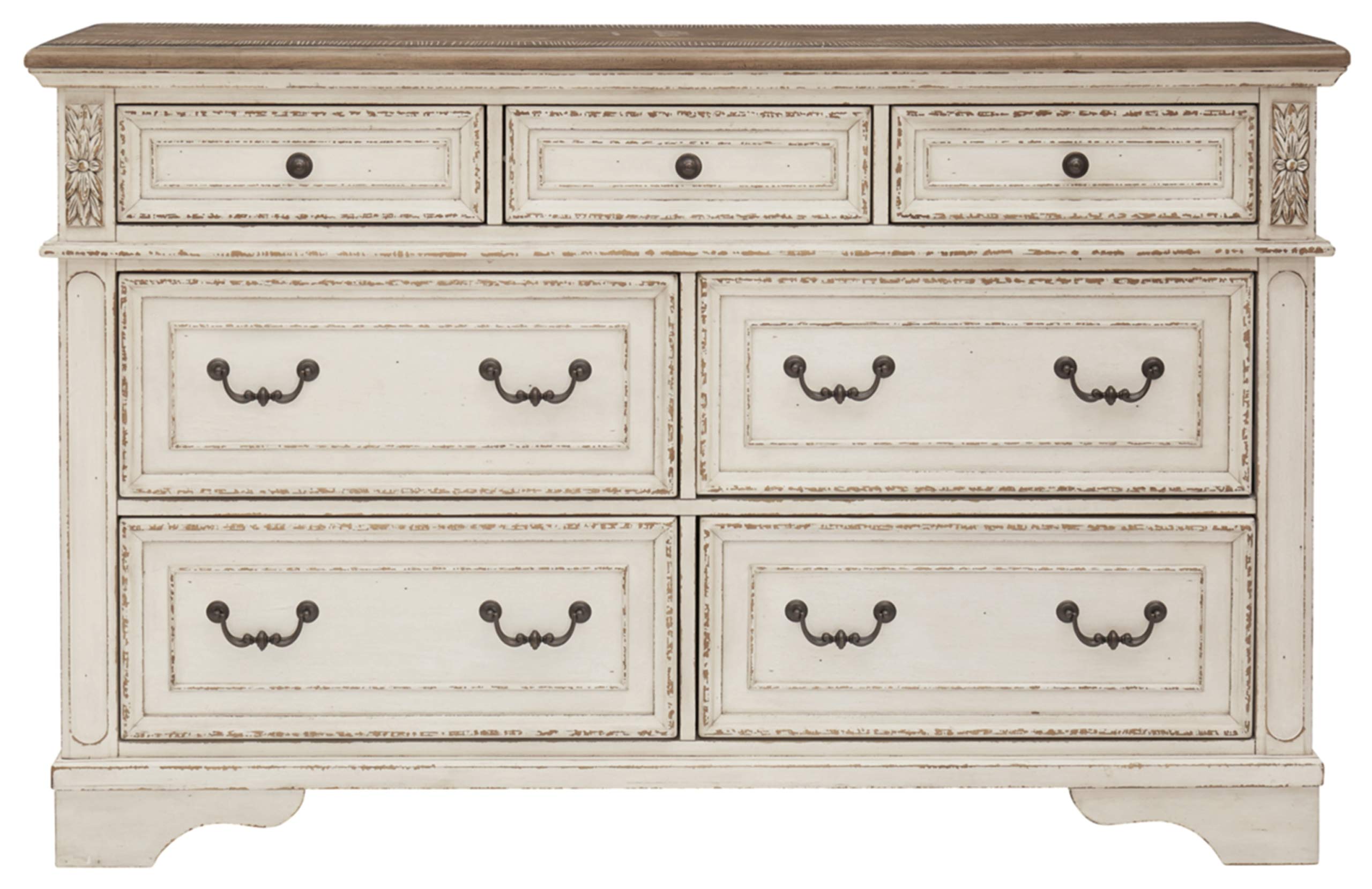

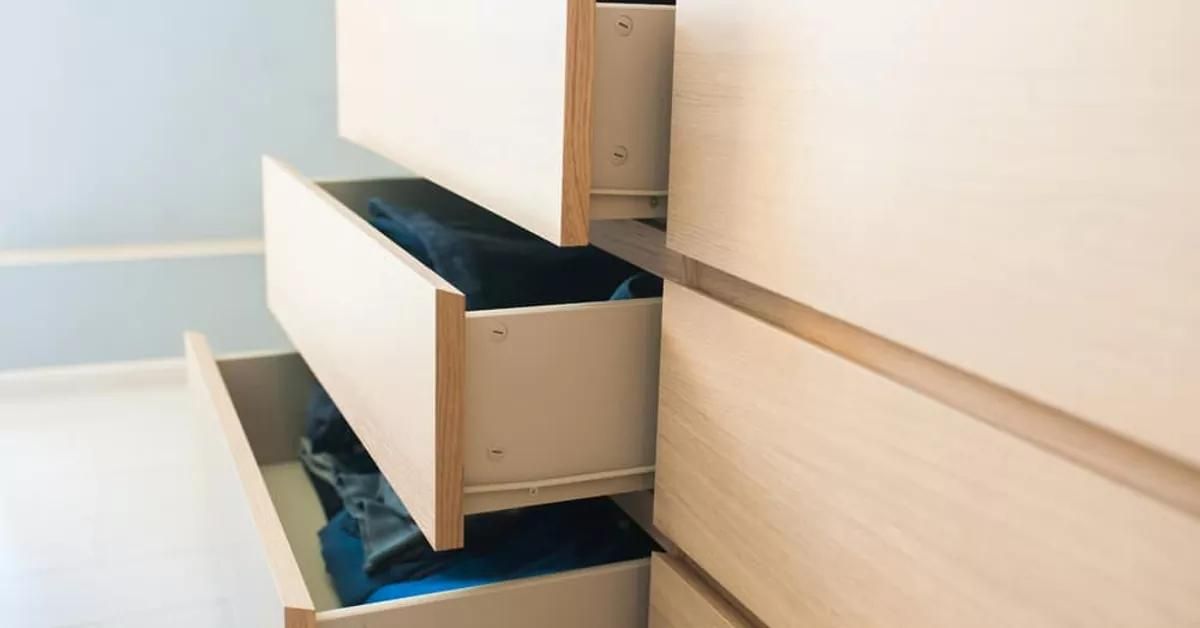

0 thoughts on “How Deep Are Dresser Drawers”